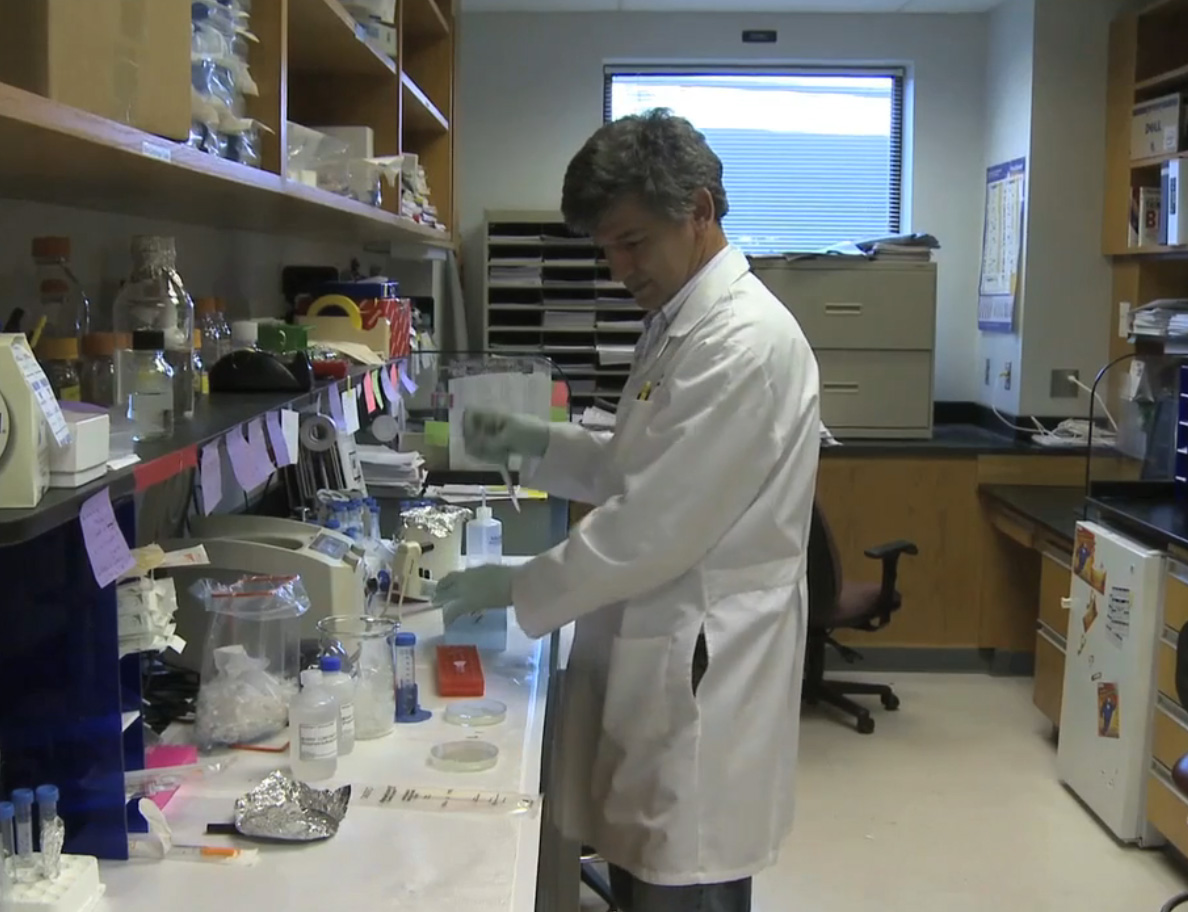 “There was a need to establish a basic research institute right in the middle of the epidemic,” said Steyn, the first investigator picked to staff the newly built K-RITH in 2011. “The whole idea is to study the problem where the problem is.”
“There was a need to establish a basic research institute right in the middle of the epidemic,” said Steyn, the first investigator picked to staff the newly built K-RITH in 2011. “The whole idea is to study the problem where the problem is.”While public health measures have controlled tuberculosis (TB) in the United States, there are more than 100,000 active cases of TB in KwaZulu-Natal, both multi-drug-resistant TB (MDR-TB) and extensively drug-resistant TB (XDR-TB), and 70 percent of the TB patients also are infected with HIV.
Steyn brings U.S. researchers like UAB graduate student Jennifer Rowland or UAB medical student Ryan Wells to K-RITH to see the disease first-hand. Steyn also sends African researchers to UAB for training, helping build future research strength for the continent.
“I can send students (in KwaZulu-Natal) to a 1,000-bed hospital two miles away that has only MDR and XDR patients,” he said. “Some are 5-months- to 2-years-old. By the time they get out, they will be orphans.”
The K-RITH facility is state-of-the-art and is linked to a modern hospital that offers one of the last hopes for a TB patient – removal of part of a lung. Research with those excised tissues allows K-RITH researchers to look at how the tuberculosis bacteria change the protein profiles of human immune cells as the bacteria evade destruction.
“There’s no way I could dream of getting lung samples here in Birmingham,” Steyn said. “There, we do three to four lung resections in a week.”
To keep his Birmingham lab on track, Steyn commutes to UAB from Durban six times a year, spending 10 days to two weeks on each visit.
“The two labs complement each other,” Steyn said.
K-RITH is a joint collaboration between the University of KwaZulu-Natal and the Howard Hughes Medical Institute.
Contributed by Jeff Hansen for the UAB School of Medicine